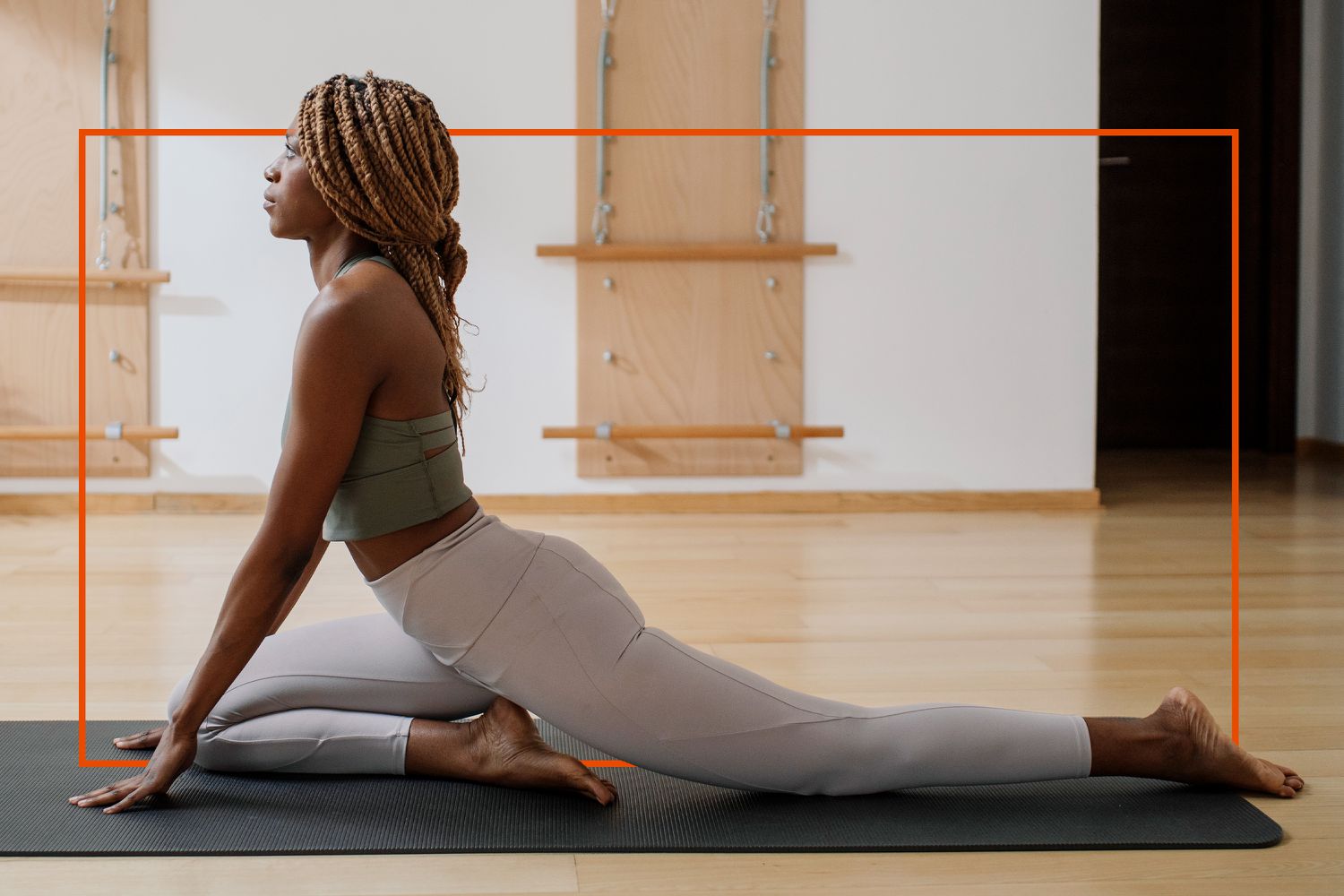A Beginner's Guide to Understanding Pilates

Regardless if you're seeking to enhance your physique, recuperate from an ailment or simply maintain your present level of fitness, Pilates is the perfect choice to get you moving. Pilates is known for developing slender and long physiques, a perception that is mainly caused by celebrities and influencers but is suitable for all individuals no matter the fitness level.
One of the key features of Pilates is that it's adaptable for every health requirement, skill level, or area of concern. It's not a requirement to go to a health center or studio for classes, there are numerous online and virtual platforms that provide tutorials if you'd prefer to do it at home before attending a physical class. Not forgetting that to practice Pilates, all you need is a yoga mat no matter where you choose to do the exercises.
Jessica Marshall, the proprietor of Sage Studio Pilates and a certified instructor of STOTT Pilates points out that Pilates works by training students in functional movement through flexion and extension of the spine, rotation, and planes of motion which reflect the movements experienced in daily life.
If your curiosity has been piqued, here is all you'll need to comprehend before trying out Pilates.
Pilates is an exercise routine focusing on whole-body stability, mobility, and strength achieved through proper breathing and engagement of the core. It entails low-impact exercises designed to strengthen muscles and improve posture with the core also being strengthened in the process. An average session lasts from 45 minutes to an hour.
Joseph Pilates, a physical trainer, invented Pilates in 1920 with the aim of designing an exercise routine that gives the body ease of movement, grace, fluidity, in addition to strength, centered focus, and flexibility.
Pilates is suitable for most people based on its ability to enhance balance, strengthen the whole body, enhance the mind-body connection, correct postural imbalances, and promote proper function of the core and the pelvic floor. This is a practice that can greatly benefit pre and post-natal women, athletes looking to improve their performance and aging adults who need balance and postural support.
“While it may seem cliché, Pilates is truly beneficial for everyone,” notes Marshall. “With my one-on-one or semi-private sessions, I am able to personalize each session to a client's overall objectives and needs for that day. Group classes are also effective options for those without specific obstructions like injuries.”
Pilates can either be an aerobic or non-aerobic exercise. It demands concentration, rhythm, precision, and correct breathing. Different classes incorporate a broad range of exercises.
Pilates wasn't designed with its six principles in mind by its creator, Joseph Pilates. Over time, however, instructors made his practice more available to future students by summarizing his practice into six concepts. This means there is no universal agreement within the Pilates community on the number of principles, specific concepts, or their order. But in any class or program, some form of these principles will be found.
Tiffany Lauren Mason, the founder of Harlem Pilates mentioned that there were more than 500 Pilates exercises, all with their variations and modifications. Pilates also incorporates different levels and apparatuses such as the reformer, chair, tower, and mat with each serving a different function.
These exercises range from fundamental planks and side kicks to more advanced exercises like the corkscrew and the shoulder bridge with kick. All the exercises involve movements from the core and are performed in one fluid motion with controlled breathing.
There is a Pilates class for everyone, regardless of your experience or expertise in the practice. Similarly, to the exercises, there is a multitude of classes offered that are adaptable to your specific skill level or objectives.




